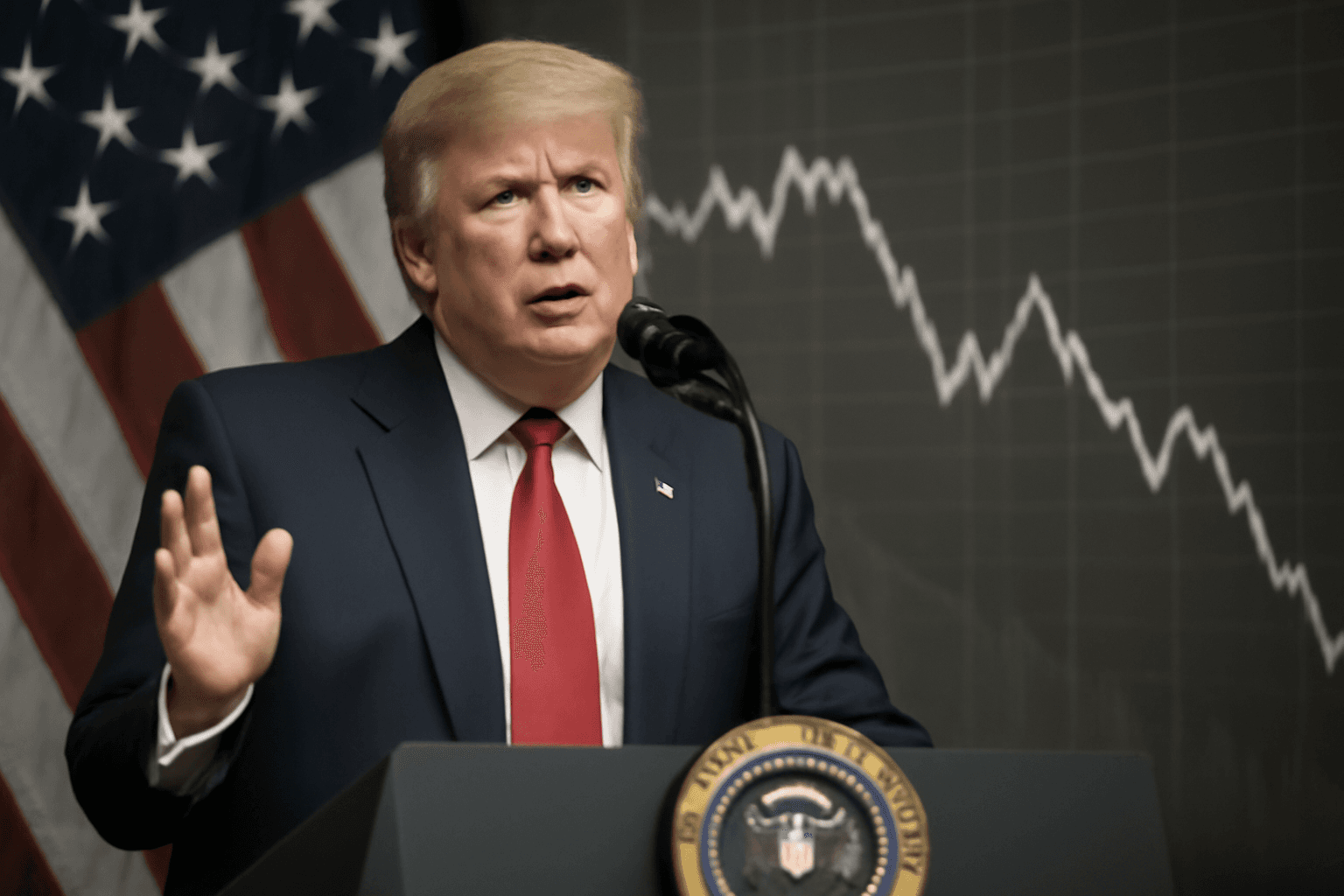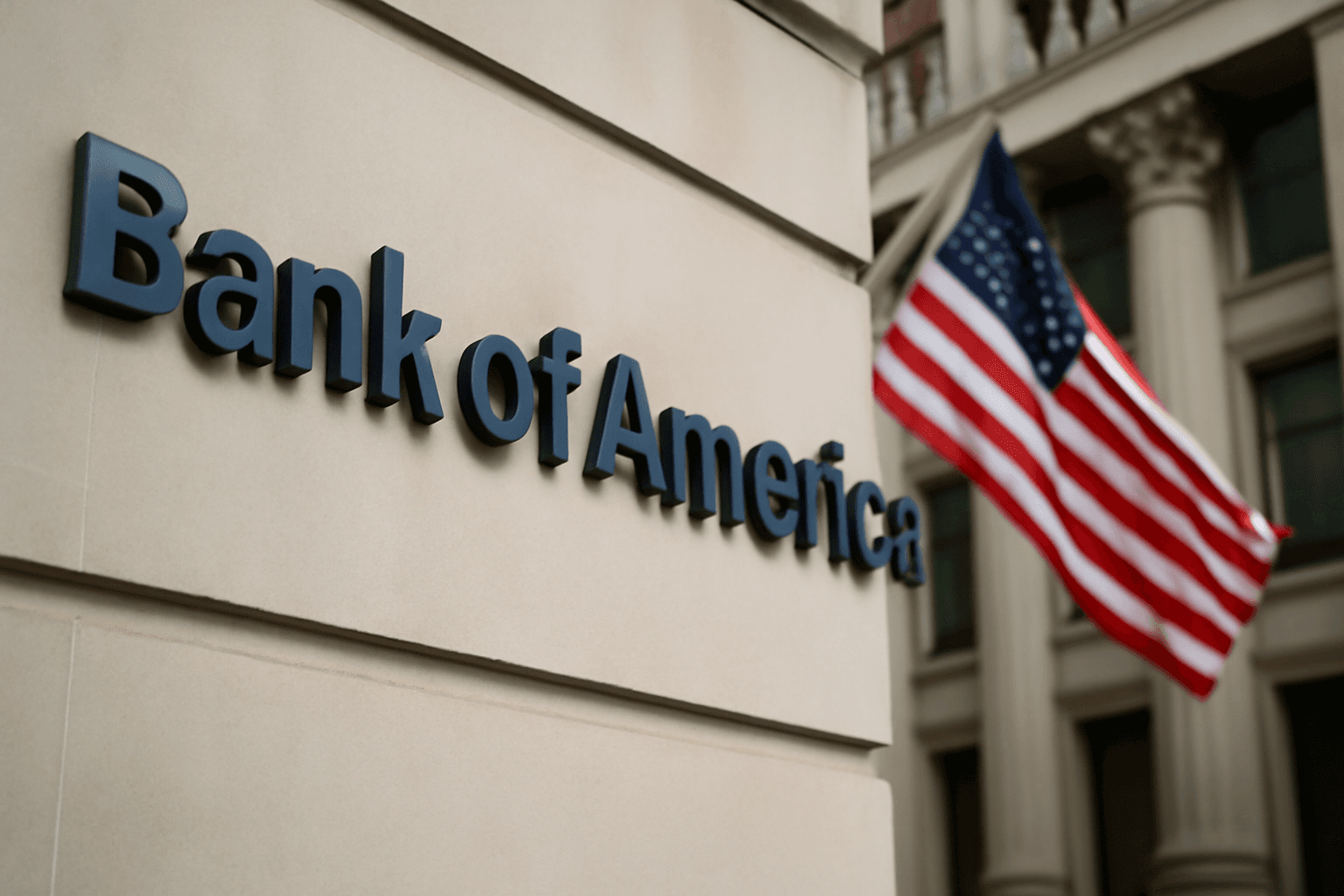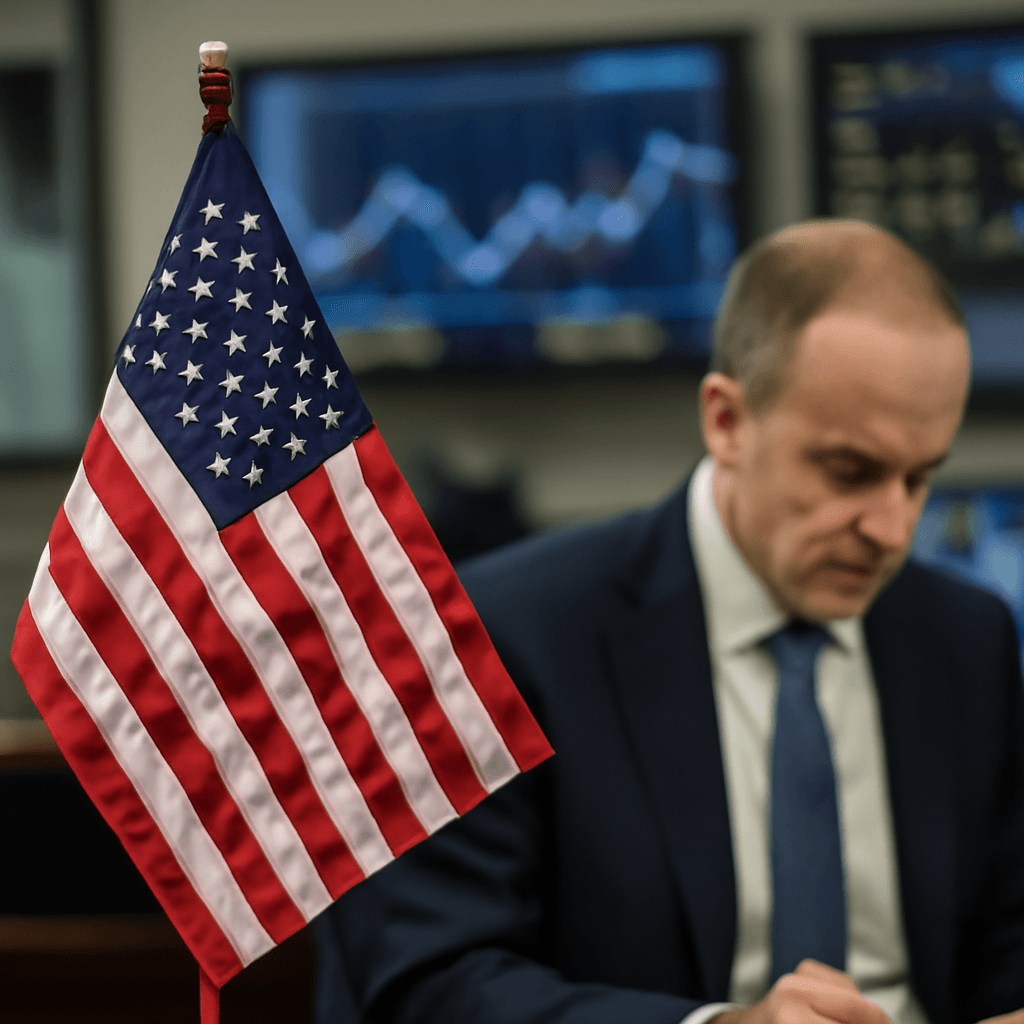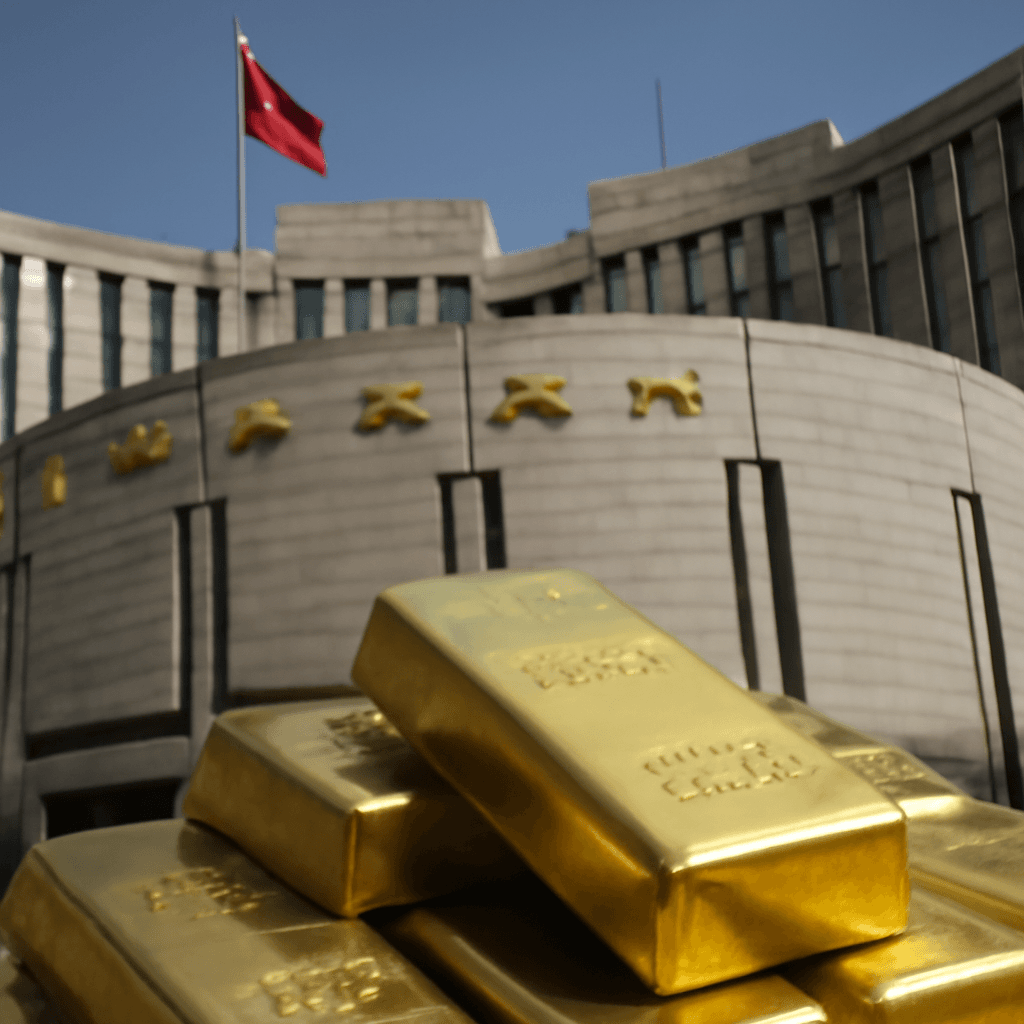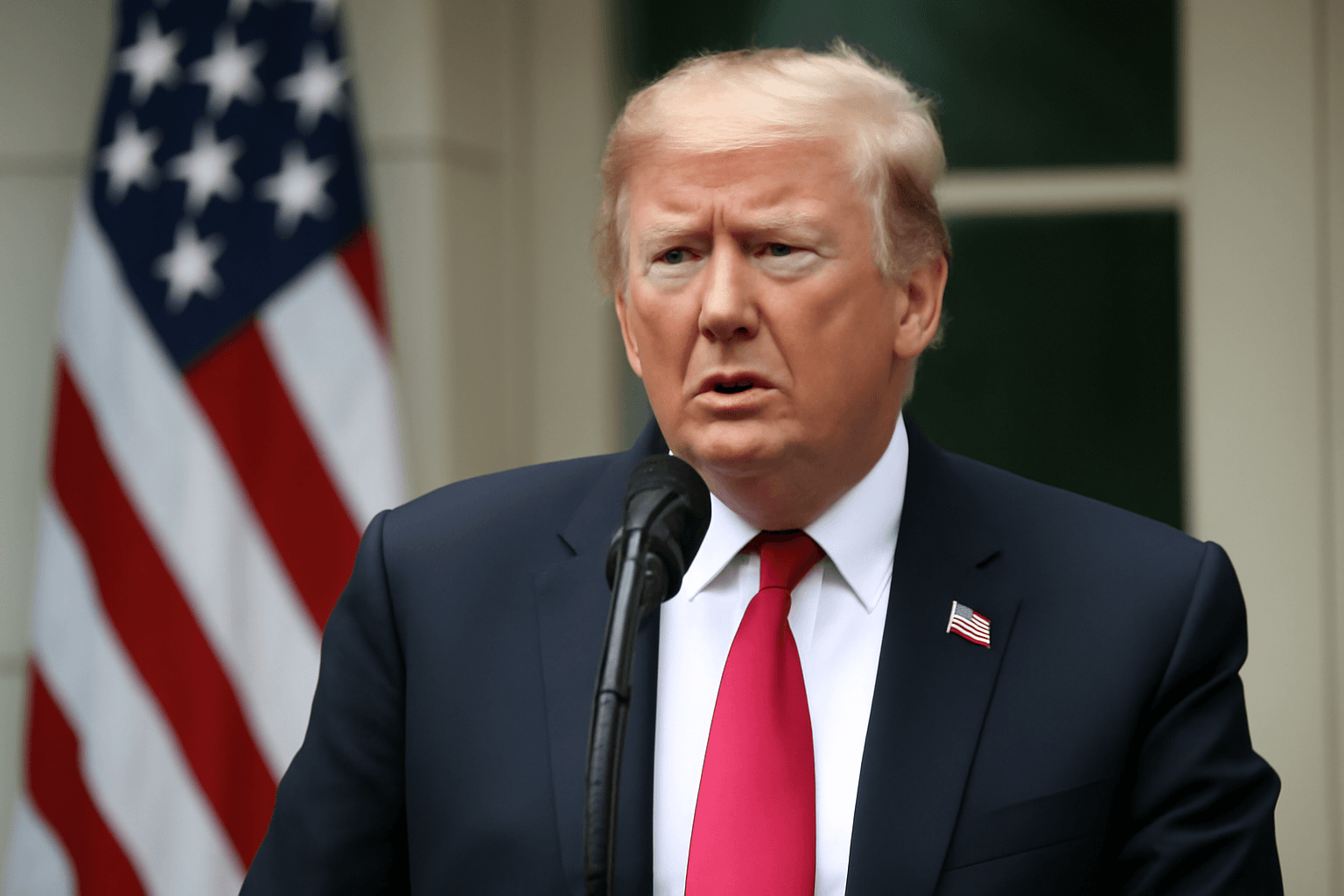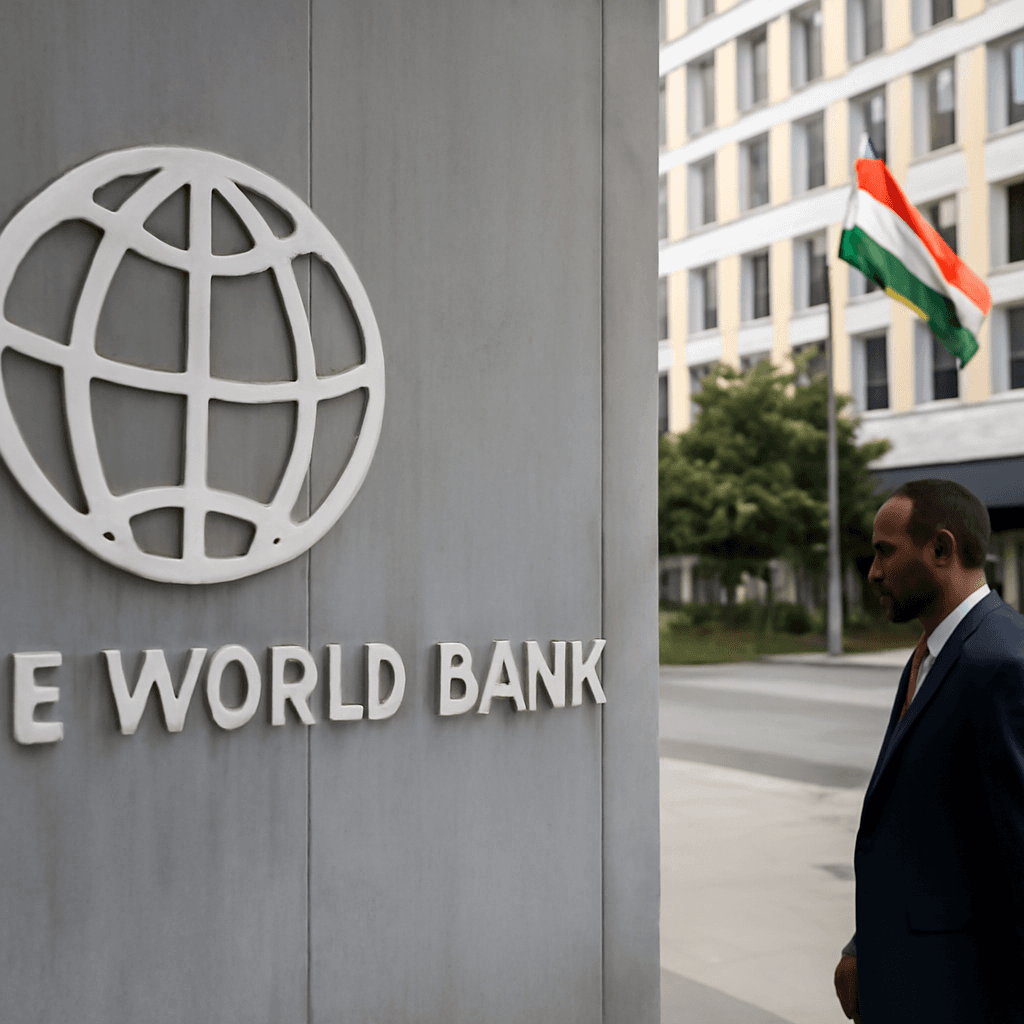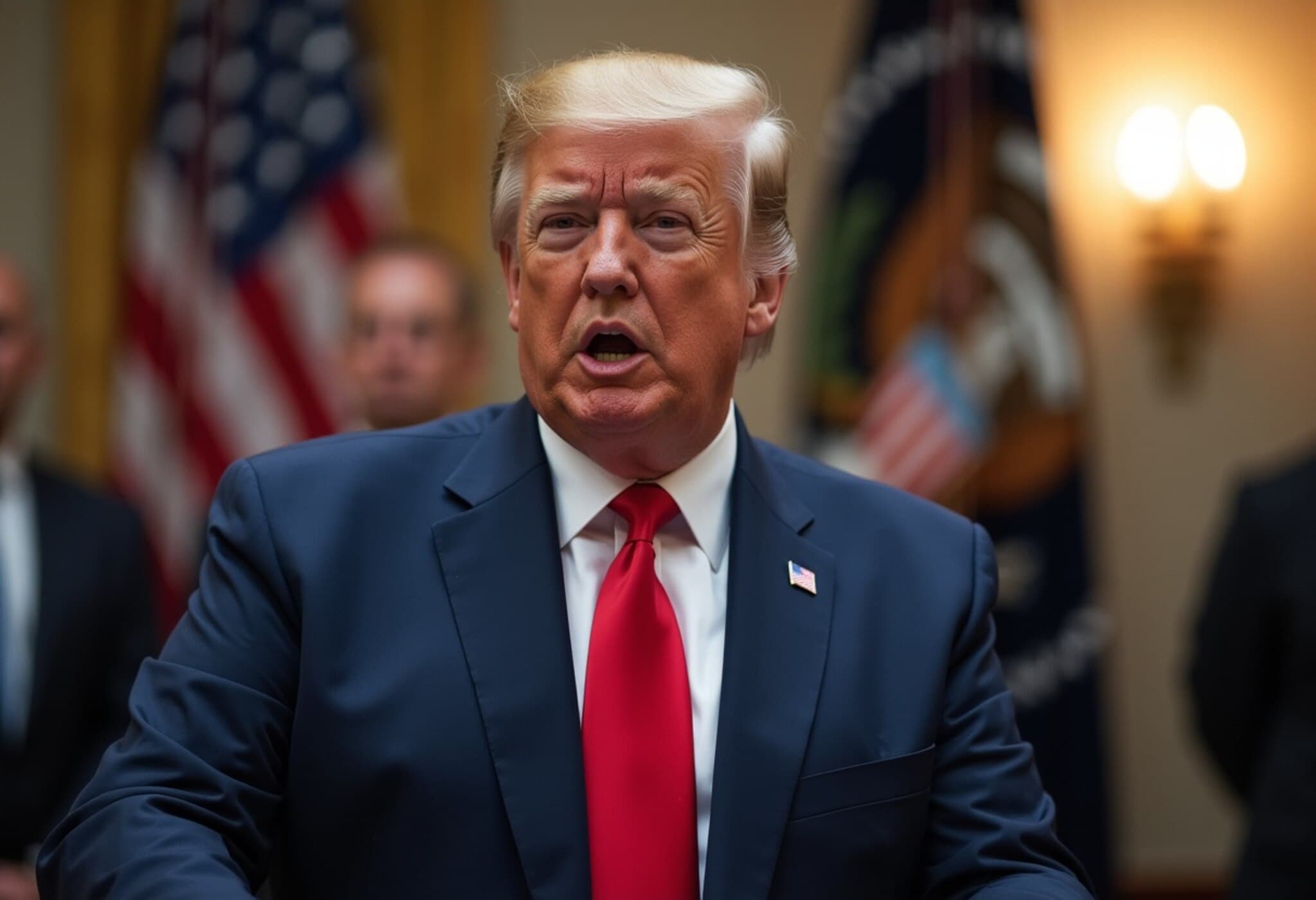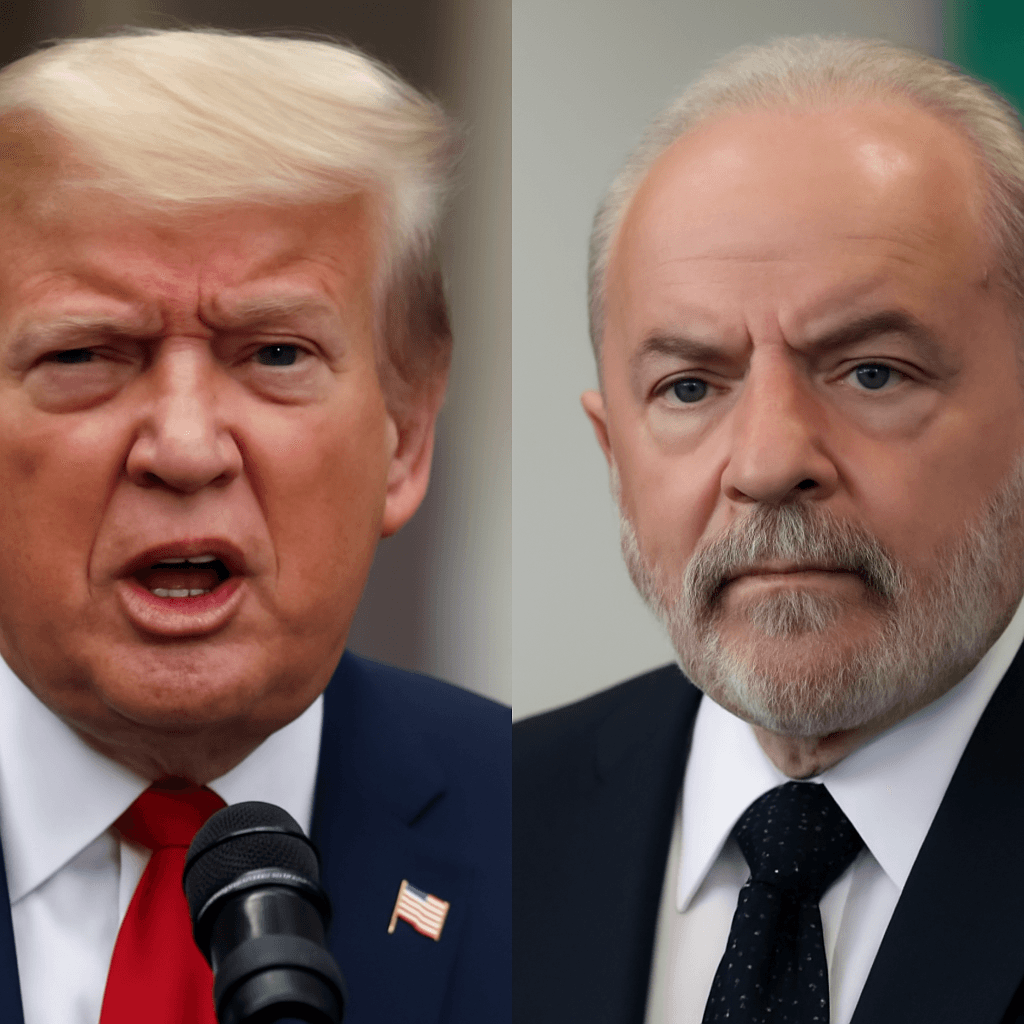The U.S. Dollar's Sharp Decline: A Historic First Half
In the world of global finance, the U.S. dollar holds a position of undeniable strength and influence. Yet, in the first half of 2025, the greenback experienced its most significant downturn since 1973, plunging 10.7% against major currencies. This slump marked the worst performance for the dollar in over half a century, harkening back to the era when President Richard Nixon famously ended the Bretton Woods gold standard.
By June, the dollar had sunk to its lowest level since February 2022, stirring deep conversations among investors and policymakers alike about the currency’s future trajectory.
Why Is the Dollar Faltering?
The reasons underpinning this steep decline are multifaceted, creating a complex backdrop that investors cannot easily ignore:
- Policy Volatility: The uncertainty surrounding fiscal and monetary policies, coupled with partisan gridlock in Washington, generates trepidation. Massive deficits continue unabated, and there’s little political appetite to address them.
- Swelling National Debt: The U.S. public debt is approaching $30 trillion, with the 2025 deficit expected to near $2 trillion. These figures raise questions about long-term fiscal sustainability.
- Geopolitical Strains: The U.S. finds itself navigating tense military and trade relationships, which risk alienating key allies—potentially undermining confidence in the dollar as a safe haven.
- Interest Rate Expectations: Investors are carefully watching the Federal Reserve’s moves. While rate cuts may lie ahead, their impact on the dollar could be unpredictable based on past experiences.
Art Hogan, Chief Market Strategist at B. Riley Wealth Management, summarized the mood: "With so many negative catalysts, once momentum turns against the dollar, it’s very difficult to halt the slide." Indeed, while a brief rally in April gave some hope, the overarching downward trend has persisted since January.
Impact on Markets and Global Currency Dynamics
Surprisingly, the dollar’s decline has not been outright detrimental to U.S. equities. With over 40% of revenue for S&P 500 companies derived from international sales, a weaker dollar effectively makes American exports more competitive on the global stage—offering a silver lining amid ongoing trade tensions.
However, the slump feeds into a broader narrative questioning the U.S.'s economic primacy. The notion of “American exceptionalism” and the dollar’s dominant role as the world’s reserve currency are now openly debated. If the dollar’s global status erodes, the ripple effects on assets like Treasury bonds and stocks could prove profound.
Central Banks Diversify: Gold's Renaissance
In response, central banks worldwide are diversifying their reserves, increasingly turning to gold. According to the World Gold Council, global gold purchasing has surged to about 24 tons per month—the highest inflow seen since 1979. Bank of America analyst Lawson Winder explains, "Central banks are reducing reliance on the dollar to hedge against inflation and geopolitical uncertainties." This strategic shift underscores growing skepticism about the dollar's future stability.
Wall Street Perspectives: Betting Against or On the Dollar?
Some market players remain decidedly bearish. Daniel Von Ahlen, Senior Macro Strategist at TS Lombard, calls the dollar “the gift that keeps on giving” for short sellers, citing political pressures such as former President Trump’s criticism of the Fed and government desires for a softer dollar.
On the other hand, optimism remains. Thomas Matthews, Head of Asia Pacific Markets at Capital Economics, points out that recent stock rallies suggest persistent investor confidence in U.S. assets. Wells Fargo strategist Jennifer Timmerman notes the dollar's "deep-seated advantages," like transparent institutions and liquid markets, which make any shift away from the greenback a slow, challenging process.
Treasury Secretary Scott Bessent also downplayed concerns, stating to CNBC that current currency volatility is "not out of the ordinary"—a nod to the cyclical nature of markets.
What Lies Ahead for the Dollar?
While momentum currently favors a weaker dollar, the path forward remains anything but certain. Experts caution against declaring the dollar’s decline as inevitable. The Federal Reserve's policy decisions, shifting geopolitical realities, and the appetite for U.S. financial assets will all play pivotal roles.
Investors and policymakers alike face a delicate balancing act: managing fiscal risks, reassuring global partners, and maintaining the dollar’s trustworthiness in an increasingly multipolar world.
Editor’s Note
The U.S. dollar’s steep decline in early 2025 shines a spotlight on larger economic and geopolitical shifts that ripple far beyond currency markets. This isn’t merely about exchange rates—it’s a reflection of investor confidence, fiscal policy discipline, and America’s standing on the global stage.
As readers, it’s crucial to watch how these dynamics evolve: Will the dollar rebound as a symbol of enduring stability, or are we witnessing the early stages of a new financial order? Understanding these forces helps make sense of investment risks and opportunities in an ever-changing economic landscape.



